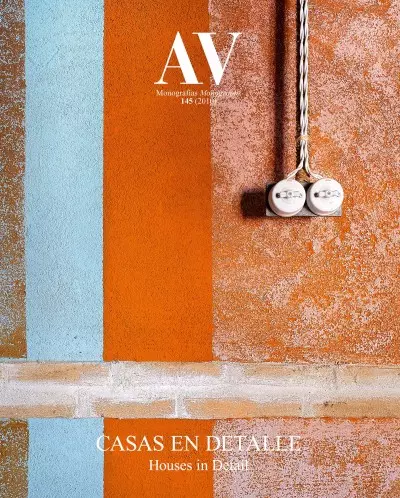


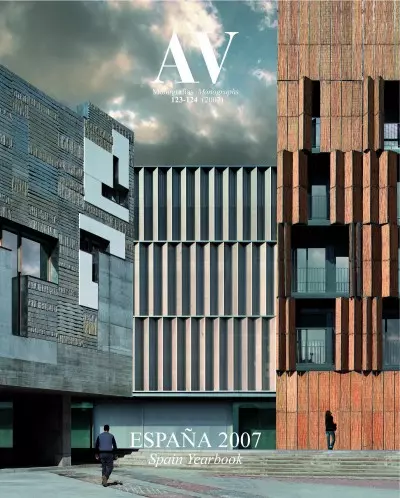
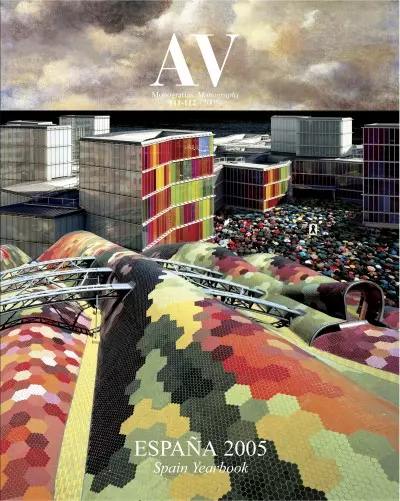
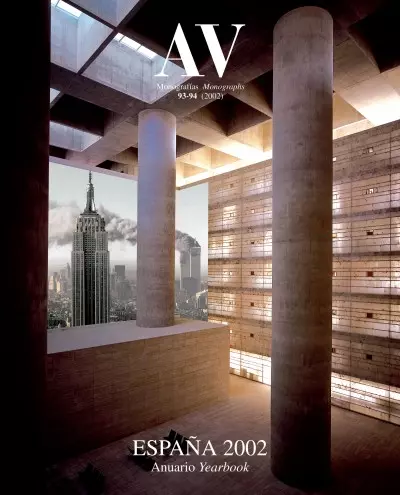
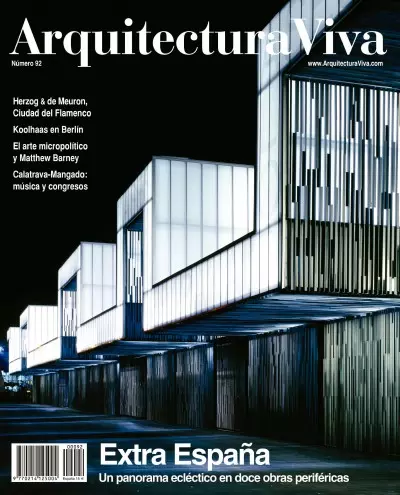
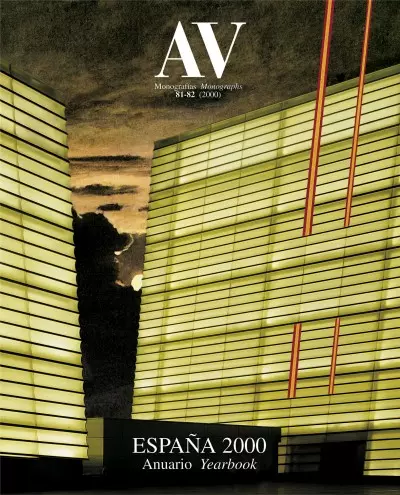
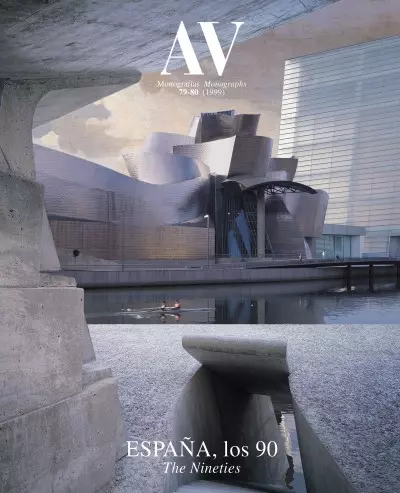
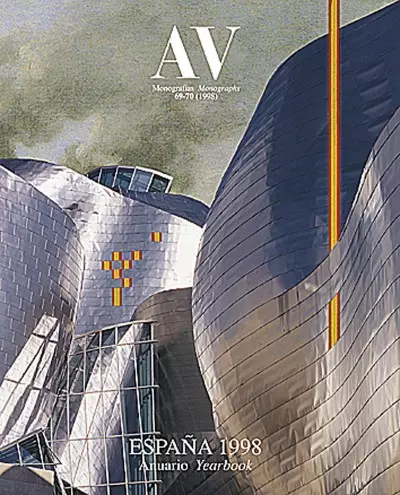
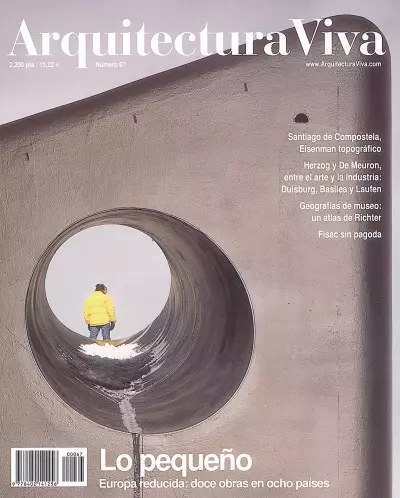
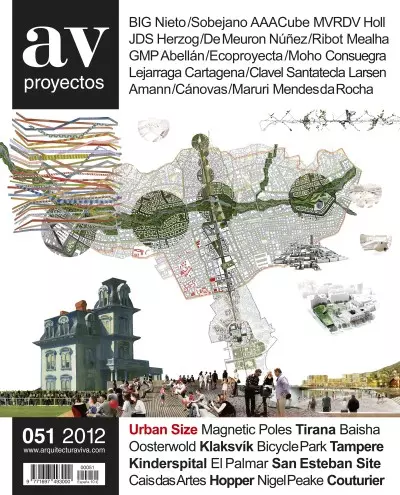
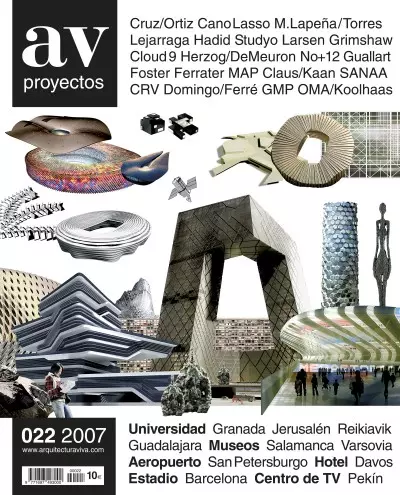
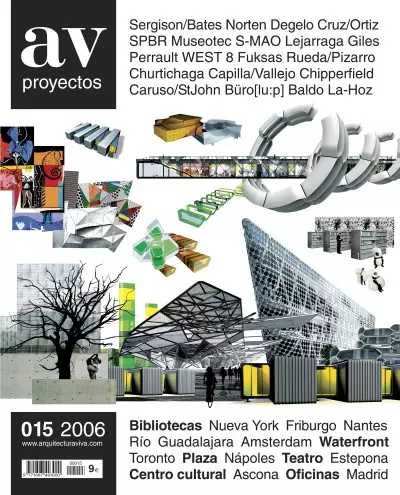
The Cartagena-based practice of Martín Lejarraga has turned a couple of palatial 19th-century buildings at Calle Duquesa 21, in Granada, into a university dormitory. All the while respecting heritage and pursuing an image of continuity, the intervent
The scheme proposes a new urban landmark for the city through the creation of an elevated garden that will also be the roof below which the medieval remains will be sheltered...
The house takes up part of a plot of 1,039 square meters north of the city of Murcia, in a residential area dotted with single-family dwellings, close to important roads of peripheral traffic and to the university campus of Espinardo. The scarce cont
The new municipal library of Torre Pacheco, a town in the region of Murcia, goes upon a plot located in the southwest of the historic center, in an area of strategic growth with several schools and sports facilities. The site allotted for the library
The foothills of Monte de la Concepción – one of the five mountains protecting the city of Cartagena – were opened in 1878 to allow Gisbert street to run through, and so connect the interior valley with the Mediterranean. During the excavation works
El Campo de Cartagena es una extensa planicie al sureste de la región de Murcia, en suave pendiente hacia el mar. Su clima mediterráneo subdesértico da como resultado un paisaje en el que abundan las palmeras, mezcladas con otras especies levantinas,
A dry and marked topography are the main distinctive features of the campus of Espinardo, located on the outskirts of Murcia. Upon this plateau cracked by riverbeds and run off lines, the faculties rest their modular geometry with difficulty, sketchi
The huge military boost that Cartagena underwent in the 18th century remains evident in the great constructions that dominate the city’s encounter with the sea. The Royal Arsenal, the Antigones barracks and the Artillery Park are just three of the op
El paseo marítimo de Cartagena discurre entre la Muralla de Carlos III y la dársena portuaria. Este singular emplazamiento, una zona donde se superponen diferentes capas de información —histórica, arquitectónica—, acoge una pequeña construcción que s
«La pulga es el único animal que no tiene pulgas». Así defienden desde Cartagena los responsables de La Naval —el arquitecto de origen vasco Martín Lejarraga y los artistas Ángel Mateo Charris y Gonzalo Sicre— su preferencia por las cosas pequeñas: 7
El MUCAB es un nuevo centro cultural y de servicios para la localidad murciana de Blanca, diseñado por el estudio de Martín Lejarraga. Situado frente al río Segura, el MUCAB actuará como un nuevo núcleo urbano que potenciará la actividad en sus riber
Los tres programas —museo, guardería, y servicios sociales—del nuevo MUCAB de Martín Lejarraga en Blanca (Murcia) se agrupan en tres bloques conectados por patios, lo que permite la independencia entre ellos y también la flexibilidad de usos, la comu

